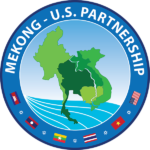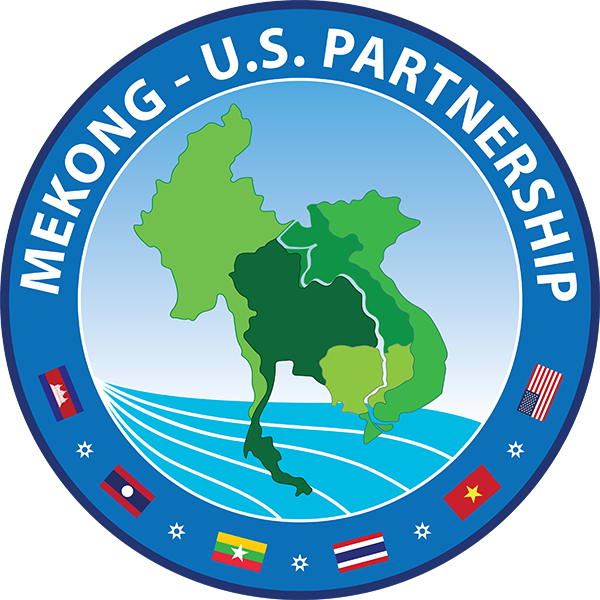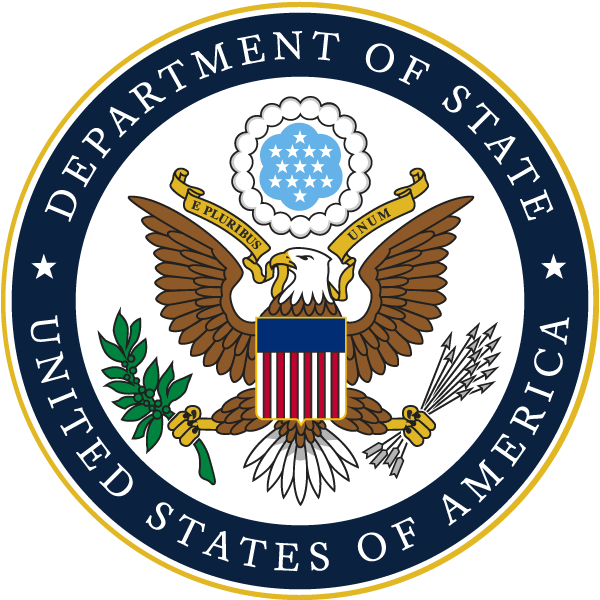PHNOM PENH, Cambodia – An engulfing front has lumbered down Phnom Aural, Cambodia’s highest mountain, resulting in the tiger, pilated gibbon, and bush pig to seek shelter from the imminent storm. The summer scene seems as commonplace as the humidity that warps and bends the Mekong basin into its magnificent splendor. However, this storm is different. The meteorologists predict it to commence its downpour in mere hours, and it will belch forth a tantrum of water that will impact the entire watershed for several weeks. Newscasters showcase politicians and experts under heated lamp, as they proclaim that the public must prepare for flooding–flooding that will overtop levees and dams, turn streets into streams, and wash away life and property. Moreover, the crushing rains are forecasted to affect major population hubs, wreaking havoc on the spokes that radiate commerce and trade throughout the region.
The scenario described above is fictitious. However, with the frequency and intensity of storms on the rise in Southeast Asia, the situation is becoming more likely. This was showcased during the 2011 floods that impacted portions of the Mekong basin, taking lives, damaging property, and hindering society’s basic functions. The floods impacted urban centers, such as Bangkok, in unprecedented ways, and spread its grasp to rural areas of the basin destroying crops and killing livestock.
As the 2013 monsoon season begins in the lower Mekong region, national governments are preparing. They are readying their civil and military institutions to ensure rapid flood response and recovery. Additionally, governments are collaborating and sharing best practices on flood mitigation and preparedness. This was the case in point at the Lower Mekong Initiative, or LMI, Disaster Response Exercise & Exchange, or DREE, held in Phnom Penh, Cambodia June 10-13. There, over 100 participants from nearly 20 different organizations and six different countries, including Cambodia, Lao People’s Democratic Republic, or Lao PDR, Myanmar, Thailand, United States and Viet Nam, focused on regional flood response and the Association of Southeast Asian Nations, or ASEAN, preparedness procedures and guidelines.
“This has been an invaluable opportunity for non-government organizations, military institutions, the United Nations and National Disaster Management institutions to learn together and to share policies, procedures and best practices,” said Caroline McCausland, country director of ActionAid Cambodia. “It has also been a useful exercise on developing understanding on the need for humanitarian actors to maintain their neutrality and impartiality while responding in times of emergency in order to save lives and reduce suffering.”
The event was organized and prepared by the U.S. Army Pacific and the Cambodian Royal Gendarmerie. The U.S. Army Corps of Engineers-Pacific Ocean Division also provided subject matter expertise.
The DREE featured Humanitarian Assistance / Disaster Relief capability briefings by all countries in attendance, as well as the United Nations Office of the Coordination of Humanitarian Affairs and the ASEAN Coordinating Center for Humanitarian on Disaster Management. Capability briefings were followed by roundtable discussions on topics such as hydrology & hydraulics, civil-military integration and foreign humanitarian assistance. Institutions, such as the Mekong River Commission and the U.S. Office of Foreign Disaster Assistance helped lead the roundtable sessions.
The event also featured a practical Table-Top Exercise that evaluated regional disaster response using ASEAN protocol, such as the Standard Operating Procedure and the ASEAN Agreement of Disaster Management and Emergency Relief. The DREE ended with an after action review session that captured lessons learned and future regional considerations.
The DREE falls under the U.S. State Department’s Lower Mekong Initiative, or LMI program. LMI was created in response to the July 23, 2009 meeting between former Secretary of State Hillary Clinton and the Foreign Ministers of the Lower Mekong Countries — Cambodia, Laos, Thailand and Vietnam — in Phuket, Thailand. Myanmar formally joined the initiative in July 2012. LMI is designed to enhance cooperation in the areas of connectivity, education, energy security, environment and water, food security and agriculture, and health.
The DREE is planned to continue next year, with the event rotating to another LMI country.
Additionally, the scenario and topics evaluated will become more complex, with the eventual exchange moving towards a Field Training Exercise with multilateral equipment and personnel supporting. The event will also continue to include a civil and military audience to ensure readiness between these two critical responding parties.
By Justin Pummell, Geographer
Source: U.S. Army Corps of Engineers-Pacific Ocean Division / Institute of Water Resources
 Mekong - U.S. Partnership
Mekong - U.S. Partnership


